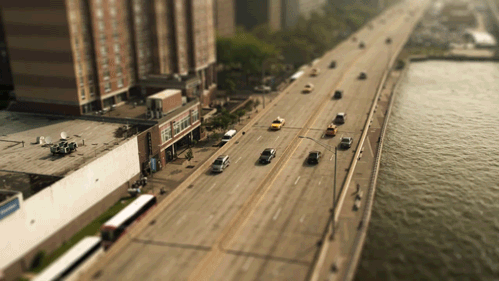If driverless cars were improved markedly and all vehicles were autonomous, accidents and fatalities would likely experience a steep decline. But a shift to robocars will be a gradual one, and highways and streets will long be a mix of both humans and computers at the wheel. How will those two forces learn to share the road? It’ll take time and research.
From Aviva Rutkin at New Scientist:
IN THE near future, you may have to share the road with a robot. Or perhaps we should say that a robot will have to share the road with you.
At the University of California, Berkeley, engineers are preparing autonomous cars to predict what we impulsive, unreliable humans might do next. A team led by Katherine Driggs-Campbell has developed an algorithm that can guess with up to 92 per cent accuracy whether a human driver will make a lane change. She is due to present the work next month at the Intelligent Transportation Systems conference in Las Palmas de Gran Canaria, Spain.
Enthusiasts are excited that self-driving vehicles could lead to fewer crashes and less traffic. But people aren’t accustomed to driving alongside machines, says Driggs-Campbell. When we drive, we watch for little signs from other cars to indicate whether they might turn or change lanes or slow down. A robot might not have any of the same tics, and that could throw us off.
“There’s going to be a transition phase,” she says.•

